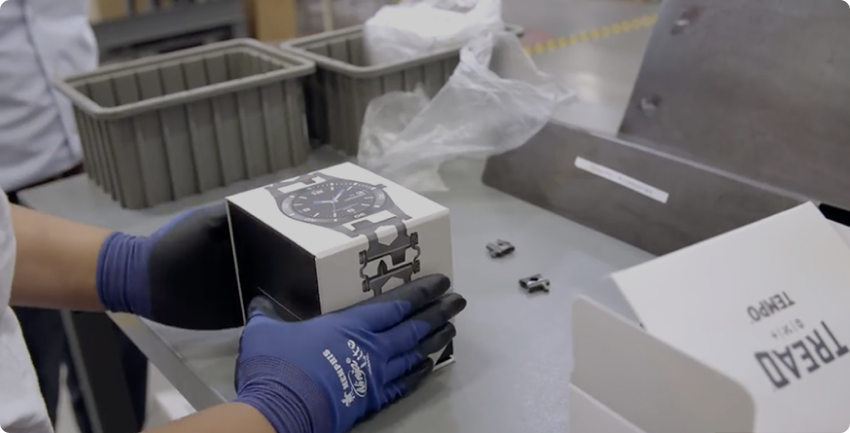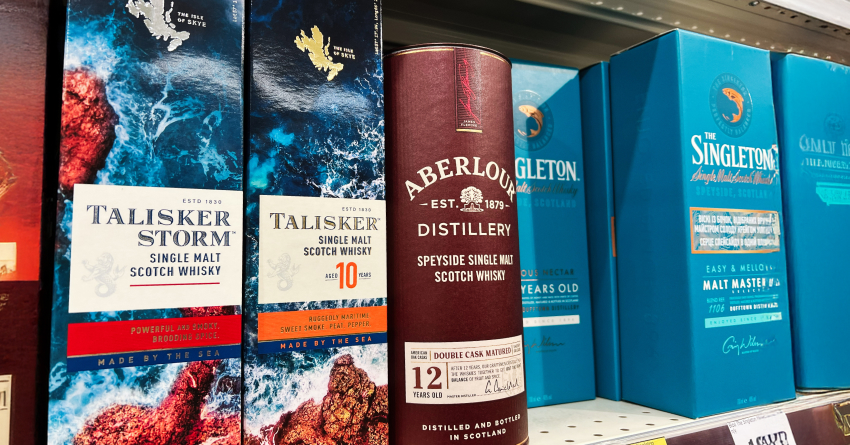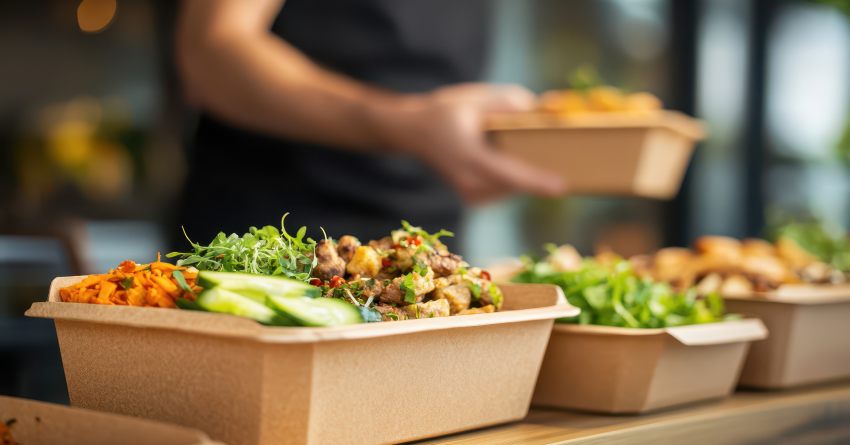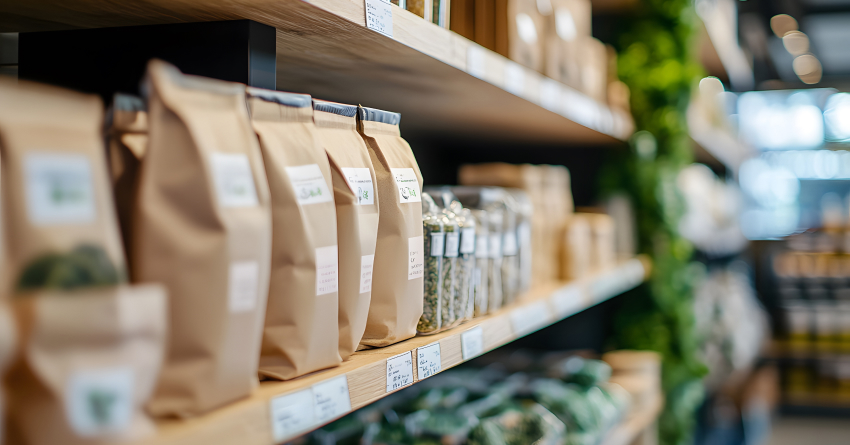Club Store Packaging Design: How to Stand Out and Meet Store Requirements
January 13, 2025
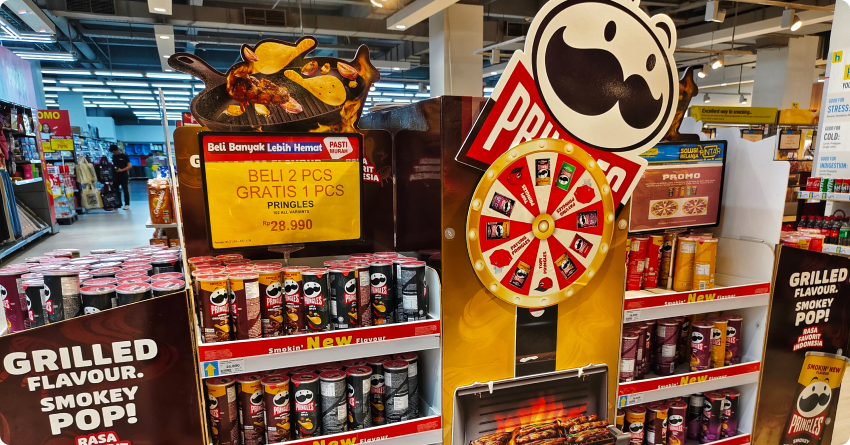
Shopping at big box stores like Costco and Sam’s Club is a very different experience from shopping at your neighborhood grocery store—and we’re not just talking about the $1.50 hot dogs. Everything is bigger, from the store itself to what’s on the shelves. Even the carts are supersized. So it’s no surprise that designing club store packaging is also very different from designing for your standard grocery store.
For starters, there are strict rules for big box store packaging and club store display packaging, which must be followed closely. For example, Costco has precise structural specifications and Sam’s Club has strict sustainability requirements. BJ’s Wholesale Club and even Walmart also have detailed requirements that must be complied with if you want them to carry your product.
In addition, competing against towering shelves and aisle upon aisle of bulk packaging brings unique visual challenges that require a well-thought-out design approach, taking the unique context into consideration.
Here are our top tips for how to make your packaging stand out in the store—so your product flies off the shelves, while also meeting club store packaging requirements.
- Make Your Box a Billboard
- Be Smart About Stacking
- Think Beyond the Store
1. Make Your Box A Billboard
Billboards are designed to grab people’s attention from far away and hold onto it for long enough that they actually take in the message. To be effective, a billboard’s design needs to be big, bold, easy to read and convey a clear message in about two seconds.
Big box store packaging solutions in the club store landscape need to work the same way. With crowds of people pushing carts and tons of options on the shelves, subtle messaging and long-form content won’t work. There’s simply too much other competition for the customer’s attention. Think big, bold lettering and straight-to-the point messaging.
One advantage of club store packaging is that you have more space for design, because you’re selling in bulk. Take advantage of that added room to incorporate eye-catching graphics that do a good job of showing people what’s inside while also standing out from the competition. Don’t be afraid of using bright colors, and have some fun!
In terms of messaging, less is more. Shoppers aren’t going to slow down in a crowded aisle to read your whole company story. Distill your message down to its very core—aim for catchy, clear and concise copy on your club store display packaging, so shoppers know right away what you’re selling and why they need it.
Pro tip: While the outward facing packaging should be billboard-like, you can use the other sides of your solution for storytelling, too—for example, by sharing recipes, design ideas or other marketing materials that customers who’ve already purchased your product (or put it in their cart) will appreciate.
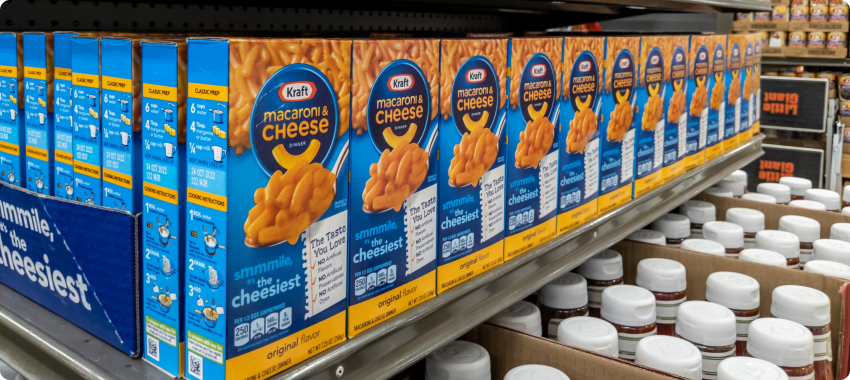
2. Be Smart About Stacking
One way the big box stores reduce prices is by minimizing their handling costs. Pallet displays are designed to go straight from the truck to the warehouse floor. While both Sam’s Club and Costco have unique specifications for pallet displays, here are some general guidelines for making the most of this smart solution. Be sure to check the specific club store packaging requirements for the store you’re targeting, too.
Create shipping and stacking containers that maximize the amount of product that can fit on each palette without stacking too high or too deep. The idea is to keep as much product within arm’s reach as possible, so it’s easily accessible to passing shoppers without creating extra work for retail employees.
Stability and safety should always be top of mind. Pallets must stay together and hold product firmly in place, so there’s no risk of items falling. That means individual packaging must be strong enough to hold the weight of the product that’s stacked on top of it and boxes should be stacked as close to the edge of the pallet as possible. Be sure to check the store’s height and weight restrictions, too.
Keep in mind that most club stores have a “no touch” supply chain policy, meaning your pallets must be ready for display when they reach their destination. When designing a club store packaging solution, think about the pattern you’ll use to stack boxes on the pallet, and make sure the design will pop once they’re stacked.
3. Think Beyond the Store
Your packaging solution’s job doesn’t end when the customer decides to buy. The product also needs to be easy to put in a shopping cart, get into the car, move into the home and fit in the pantry or wherever else it’s likely to be kept. Big box store packaging design should be geared toward this complete lifecycle.
Durability is a critical consideration, not just during transit but once the package reaches the store and beyond. If your packaging solution collapses before it’s out of the car, that customer won’t be coming back for more. Durability testing will help to maintain the integrity of both your packaging and your product throughout its lifecycle. Examples include compression testing, drop testing, edge crushing and tear resistance.
Sustainability is also a top consideration today for both consumers and businesses. Many of the big box stores have sustainability requirements or goals, such as minimizing plastic, reducing waste and using recyclable or reusable materials. In addition to being better for the environment, sustainability can help attract eco-minded shoppers. Going green is good for business, so look for ways to minimize your carbon footprint—and maximize your impact in the club stores.
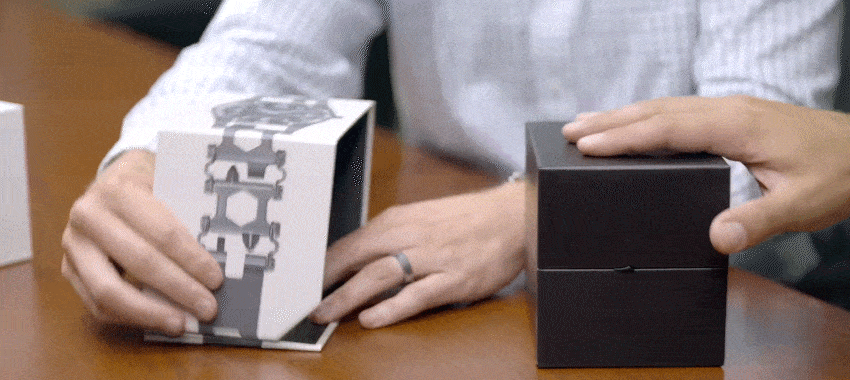
Partner with Ernest Packaging Solutions
Balancing precise club store packaging requirements with the unique challenges of the warehouse floor calls for a packaging partner that knows how to design for every situation, and every product.
If you’re looking to start working with a club store or need to revamp your presence on the floor, contact Ernest today and let our team of experts help you shine.
Packaging Design

